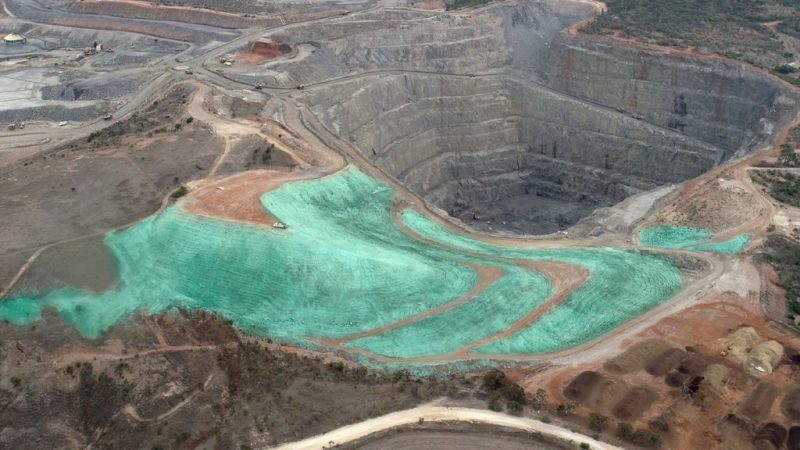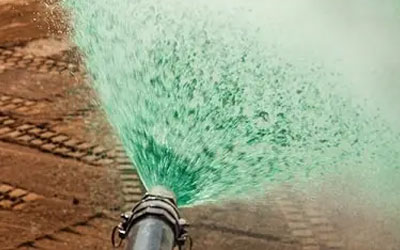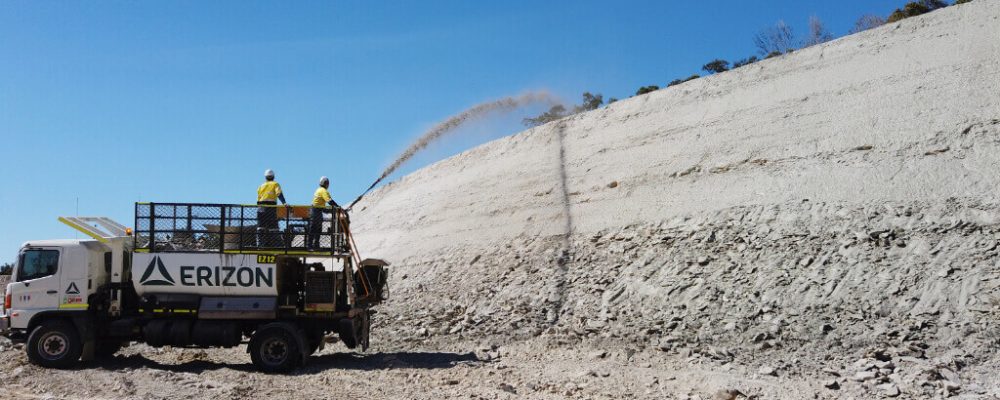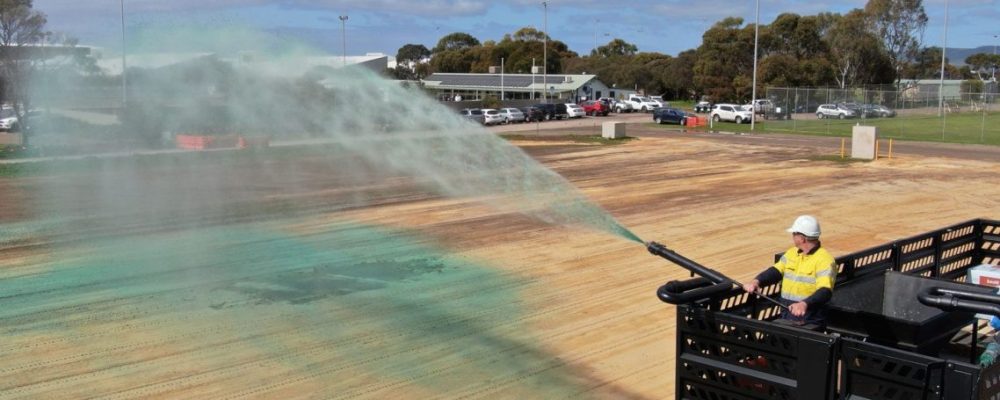8 factors to consider when choosing the best soil amendments for your rehabilitation project
There are a huge range of environmental and human factors that can make or break the success of a post-mining rehabilitation project. Soil amendments can mitigate both.
Whether it’s the selection of vegetative species, the timing of the project, or site preparation methods, human factors, incorrectly or inadequately actioned, can negatively impact the outcome of a project. However, these factors can be avoided, through careful project planning and management, and the support of specialists in the field. Unfortunately, environmental factors, such as extreme temperatures, exotic species invasion or insufficient rainfall – which can be abundant in Australia – can be far more difficult to plan for and overcome.
Fortunately, soil amendments straddle both factors, with the ability to remedy several human errors, while also challenging some of the issues caused by environmental volatility. To significantly improve your rehabilitation project’s chances of success, we look to soil amendments.

What are soil amendments?
Put simply, soil amendments – also referred to as soil conditioner or soil improver – are any material added to soil to improve its physical properties. These can include water retention, permeability, water infiltration, drainage, aeration, and structure. Ultimately, the goal of soil amendments is to improve soil structure and biological fertility.
Conditions on post-mining land can be particularly detrimental to the physical and biochemical properties of the soil, making rehabilitation difficult. This is where soil amendments can be a crucial step in helping meet your environmental rehabilitation goals in a timely and economic way, by increasing efficiency, lowering costs, and providing a sustainable, long-term solution.
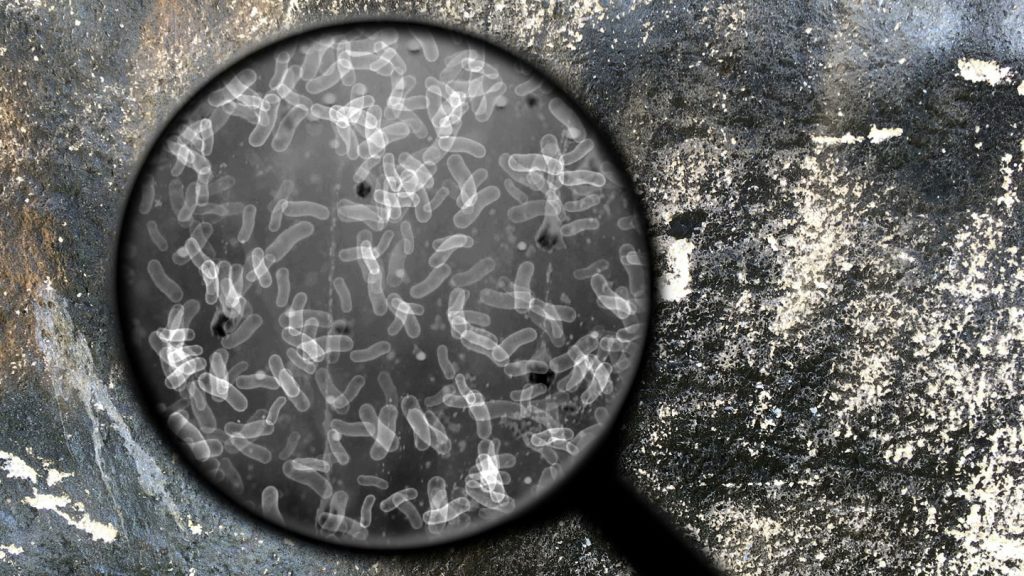
What are the different types of soil amendments?
Broadly speaking, soil amendments are classified as either organic or inorganic.
Organic soil amendments
Derived from biomass and/or living beings, organic soil amendments can include mulch, biosolids, compost, wood chips, biochar, animal manure, straw, husk, and geotextile. These substances are rich in organic matter, as well as macro- and microelements, which increase the fertility of soil by ameliorating microclimatic conditions. They can also provide substrates with improved microbial growth[1] – the biological component of soil quality.
Gypsum, urea, vermiculite, perlite, tire chunks, pea gravel and sand can be used as inorganic soil amendments. These generally contain minerals associated with soil fertility. For example, gypsum can be used to decrease soil pH by bonding high sodium salts and lime or limestone.
Choosing the right soil amendments
There are several details that need to be considered when choosing the right amendment for your site and project goals. Amendments unsuited to a particular soil, site or production type can have long-term, detrimental effects on the soil environment and the success of rehabilitation[1].
These are some of the key factors to account for during decision-making process.
Choosing the right soil amendments
There are several details that need to be considered when choosing the right amendment for your site and project goals. Amendments unsuited to a particular soil, site or production type can have long-term, detrimental effects on the soil environment and the success of rehabilitation[1].
These are some of the key factors to account for during decision-making process.
1: Longevity
When long-term, sustainable rehabilitation is the goal, the appropriate soil amendment will offer continued benefit to the land. While organic amendments have demonstrated longer-term effectiveness, inorganic amendments may offer a quicker improvement in physical soil properties, by altering the substrate faster[2].
2. Soil properties
A thorough understanding of the physical, chemical, and biological characteristics of the soil on your project site is paramount in identifying the best soil amendments for its needs.
3. Organic or inorganic?
In the agricultural industry, the use of inorganic amendments is common. However, this is less abundant in mine rehabilitation, which seeks to improve soil chemical and physical properties. In some studies of mining rehabilitation projects, inorganic amendments, such as gypsum and urea, have offered mixed results. While they can have the ability to quickly increase plant-available soil nitrogen, improve soil structure and water retention; the addition of nitrogen fertilisers may cause contamination of waterways and proliferation of invasive species. Ultimately, further research into their long-term effects is needed.
Rather, organic soil conditioners or a combination of both organic and inorganic amendments have been shown to have the most impact on soil quality on post-mining substrates, with improved levels of soil quality maintained over a 21-month period on studies in the Pilbara region, Western Australia.
4. Availability
Consider the availability of certain soil amendments in Australia. This will impact your project’s cost and timing if import is necessary.
5. Transportation
With former mine sites located in some of Australia’s most remote areas, it is necessary to plan for the transportation of your soil amendments in a safe and efficient manner.
6. Storage
Assess whether temporary stockpiling of soil amendments is necessary, and if so, where this can be done.
7. Application
Some sites may have application hindered by hard-to-reach areas, uneven terrain, and steep slopes. A safe and efficient application method will need to be identified.
8. Blending
To produce the optimum soil amendment solution unique to your project site, blending of ingredients will be required. Blending equipment and the expertise to ensure over-mixing doesn’t occur is crucial.
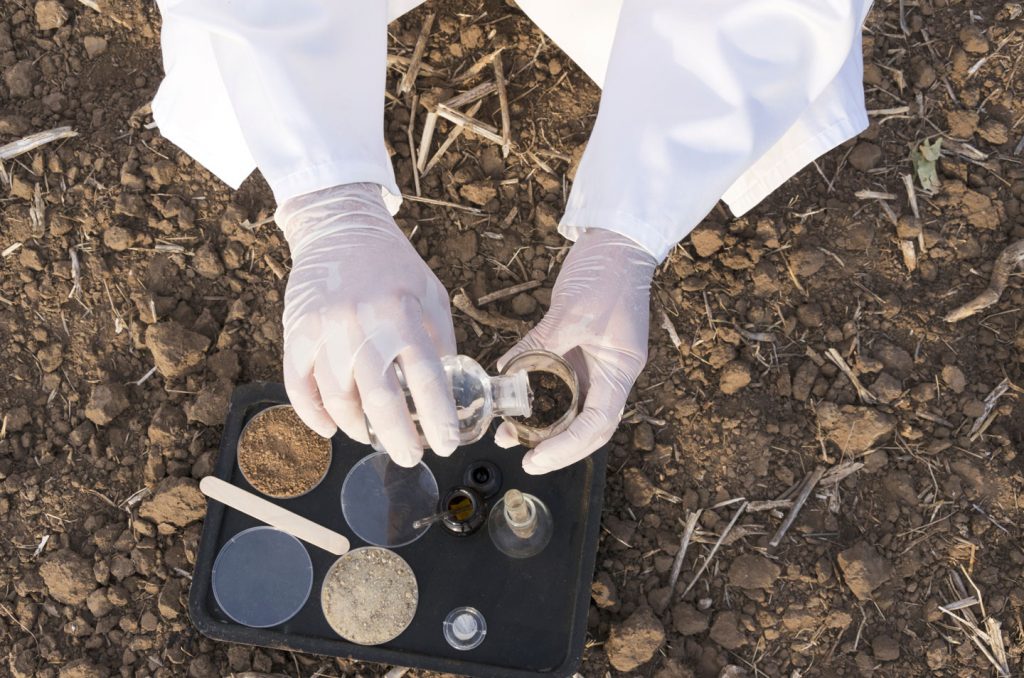
Getting started with soil amendments
Soil amendments can only succeed in helping you meet your project goals if they are selected for a set purpose and are suitable for your site’s unique conditions.
At Erizon, we have developed EnviroSoil, a hydraulically applied topsoil alternative. This formulation of organic matter, minerals, nutrients, and trace elements work to rejuvenate the soil, which is protected and enhanced with a hydromulch blanket to stabilise temperature, retain moisture and feed native seeds to germination.
We cover all eight of the factors we’ve discussed, with experts consulting on everything from the optimum, site-specific EnviroSoil amendment mix for your project, to state-of-the-art application methods.
To discuss a tailored soil amendment strategy, get in touch now!
[1] Cox J, et al. 2012, ‘Biochar in horticulture,’ NSW Trade and Investment
[2] Bateman, AM 2020, ‘Life post mining: Using soil amendments to promote soil quality and native plant recruitment for arid landscape rehabilitation,’ PhD thesis, University of Western Australia, Perth
[1] Cox J, et al. 2012, ‘Biochar in horticulture,’ NSW Trade and Investment
[1] Maiti, SK and Ahirwal, J 2019, ‘Ecological Restoration of Coal Mine Degraded Lands: Topsoil Management Pedogenesis, Carbon Sequestration, and Mine Pit Limnology,’ Phytomanagement of Polluted Sites
